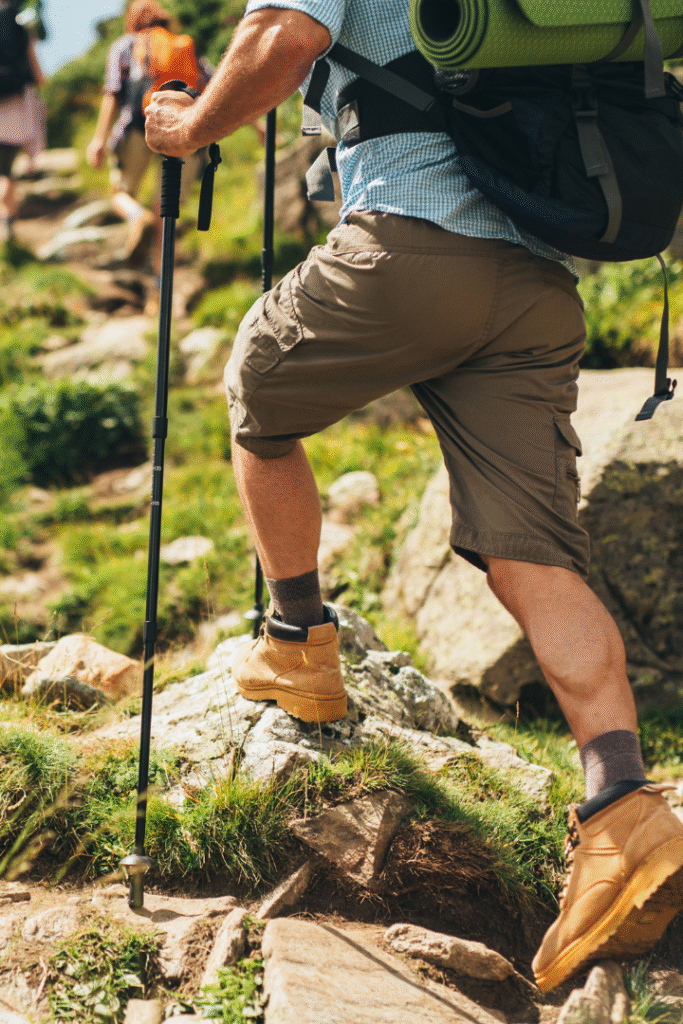Discover the thrill of trekking Mount Meru, Tanzania’s second-highest peak. Located within Arusha National Park, this dormant volcano offers a breathtaking journey through rich forests, dramatic ridgelines, and wide-open alpine terrain. Ideal for hikers seeking a quieter alternative to Kilimanjaro, Mount Meru climbing is both scenic and rewarding—an experience tailor-made for lovers of nature and adventure.
Rising to 4,566 meters, Mount Meru is a striking landmark just outside the city of Arusha. Trekkers typically spend 3 to 4 days on this hike, ascending through distinct ecological zones teeming with wildlife. Unlike many mountain trails, you may encounter animals like giraffes, baboons, and antelope on your way to the summit—adding an exciting element to the trek.

The route to the Mount Meru summit passes through montane forests, moorlands, and alpine desert. This transition offers a stunning visual experience and the chance to see a wide variety of plant life, birds, and large mammals.
Clear days reveal the towering silhouette of Kilimanjaro in the distance, while sunrise from Meru Peak is a moment few trekkers ever forget.
The final summit push begins before dawn. You’ll hike along a dramatic crater rim with sheer drops on either side—a thrilling challenge for any trekker. Although technical skills aren’t required, good fitness is important. A certified guide accompanies every climb, offering safety and insights into the surrounding environment.
The most common route is the Momella Trail, the only official path to the top. It’s well-maintained, scenic, and offers great opportunities for photography and wildlife spotting.
Treks can be completed in either three or four days. Choosing a four-day option allows for better acclimatization and increases your chances of reaching the summit comfortably.
The best time to climb Mount Meru is during the dry seasons, from June to October and December to February.
These months offer clear skies, better trail conditions, and improved summit visibility.
Avoid the long rains in March to May and short rains in November.
Dry conditions make it safer and more enjoyable for trekking.
Plan your Meru climb during the dry months for the best experience.
Climbing Mount Meru is moderately challenging but achievable with good fitness.The trek involves 3–4 days of hiking with steep ascents and high altitudes.It’s less crowded than Kilimanjaro and offers a great acclimatization climb.You’ll need a guide, and park regulations are strictly enforced.Mount Meru climbing is ideal for adventure seekers and preparation for Kilimanjaro.
The trek typically takes 3 to 4 days, following the Momella Route, the only established path up the mountain. The route starts at the Momella Gate (about 1,500 meters above sea level) and ascends gradually through a variety of ecosystems. Over the course of the trek, you’ll pass through forest zones filled with wildlife, open moorlands, and dramatic rocky ridges before reaching the summit at Socialist Peak. The trail involves a steady ascent, with overnight stops at huts along the way (Miriakamba Hut and Saddle Hut). On summit day, trekkers start very early in the morning, climbing to the peak in time to witness a breathtaking sunrise and panoramic views stretching as far as Mount Kilimanjaro on a clear day.
Mount Meru is generally considered to be less physically demanding than Kilimanjaro due to its lower altitude and shorter duration. However, it is still a challenging trek, particularly the final push to the summit, which involves steep ridges and rocky paths. That said, many climbers find Mount Meru to be an excellent acclimatization climb before attempting Kilimanjaro. It helps the body adjust to altitude, increases the chances of summit success on Kilimanjaro, and builds overall trekking confidence. Despite being less known, the trek is beautifully scenic, peaceful, and rewarding — and it’s perfect for both beginner and experienced hikers.
Mount Meru Trekking, you’ll need standard high-altitude trekking gear. Essential items include good hiking boots, warm layers (especially for summit night), rain jacket, thermal base layers, daypack, trekking poles, headlamp, sleeping bag, personal toiletries, water bottles or hydration system, snacks, and sun protection (hat, sunglasses, sunscreen). Most companies provide a detailed packing list upon booking and offer rental options for major items if you’re not bringing your own gear. It’s important to pack for both warm daytime hikes and cold nights at higher elevation.
Yes, Mount Meru is considered a safe trek, especially when done with experienced guides and park rangers, as required. The trail is well-maintained and not technically difficult, but it does involve altitude, so proper acclimatization and hydration are important. Wildlife encounters are possible in the lower zones, which is why armed rangers accompany all groups. Following your guide’s advice, taking it slow, and being well-prepared ensures a safe and enjoyable climb. Most trekkers reach the summit without complications.
Absolutely! One of the most unique aspects of the Mount Meru trek is that it takes place entirely within Arusha National Park, which is rich in wildlife. During the first day or two of the trek, it is common to encounter animals such as giraffes, buffaloes, zebras, monkeys, antelopes, and various bird species. The chance to trek through a mountain forest with such wildlife around is part of what makes Mount Meru a rare and magical trekking experience, blending nature, scenery, and adventure.
Explore Tanzania’s breathtaking destinations with Safari Peak. From iconic wildlife safaris in the Serengeti and Ngorongoro to Kilimanjaro climbs and Zanzibar beach holidays, experience Tanzania’s wonders in every journey.